October kicked off with two new offensives on the Somme. The Battle of the Transloy Ridges (off the center part of the British area of operations) began on 1 October and proceeded intermittently until the 17th, when lack of progress and foul weather caused Haig to move to far more limited assaults. The offensive would drag on into November, gaining a couple of miles of turf. As would the separate offensive begun by Haig on 1 October in the northern area of the British sector, the Battle of the Ancre Heights, which sought to pick up where Thiepval Ridge left off and ultimately gain control the Péronne- Baupame road. The autumn rains, incidentally, produced what was considered the worst mud of the Western Front, a vile yellow mix that stuck to everything; men and animals actually drowned in mud-filled shell craters.
To the south the French at Verdun had more success, partly because the Germans had been compelled to withdraw troops to shore up the Somme sector. On 24 October Nivelle launched the “First Offensive Battle of Verdun,” employing creeping artillery barrages designed to keep the enemy’s heads down, though in the six day traditional preparatory bombardment over 800,000 shells were fired. Fleury (finally) and Fort Douaumont, which the Germans had mostly evacuated, were captured on the first day; Fort Vaux, which the Germans abandoned, fell on 2 November, and by the 5th the French had reached the original line of 24 February. But it was not over yet.
Of course down in Italy General Cadorna was not to be outdone by the Somme and Verdun. On 10 October the Eighth Battle of the Isonzo got rolling, or better, staggering. The operation was a continuation of the Seventh Battle, as Cadorna attempted again to enlarge the Gorizia bridgehead, and again he failed. The assault ended after only two days because of heavy losses, 25,000 casualties on both sides. At least there was no mud.
A bit to the east the uneven struggle between the Entente and the Greek government was coming to a head. At the end of August revolting troops in northern Greece (with the support of the Allies) had formed the National Defense Committee in opposition to King Constantine and the government in Athens, and on 9 October Eleftherios Venizelos showed up in Salonika and agreed to form a provisional government.
The new government was generally accepted in northern Greece, the Aegean islands and Crete, areas that had been recovered during the Balkan Wars and where Venizelos was very popular. On 10 October the Allies demanded that Athens surrender the Greek fleet, and faced with the French and British Mediterranean squadrons, the Athenian government complied on the following day. There was still no declaration of war against the Central Powers, but Greek troops would soon be fighting on the Macedonian front.
October was definitely not a good month for the Romanians, who were under growing pressure from the Central Powers. Despite desperate resistance in the Carpathian passes by 25 October they had been driven out of Transylvania and back to their starting positions. Meanwhile, in the Dobruja Field Marshall Mackensen and his Bulgarian counterpart, General Stefan Toshev, launched another offensive and on 25 October occupied Constanta, driving out the Romanians and pushing the increasingly demoralized Russians into the Danube Delta marshes. Next step: crossing the Danube.
To the south the Arab Revolt was picking up. On 29 October the Sharif of Mecca, Hussein Ibn Ali, was declared King of the Arabs, an illusion based on British promises of a pan-Arab state made up of the Ottoman provinces. Of more concrete – and certainly more romantic – importance was the arrival in Jiddah (Hejaz) on 16 October of 28 year old Lieutenant T.E. Lawrence.
Lawrence had been in the Middle East since before the war, involved in cartography and archaeological work, especially at Hittite Carchemish in Syria with Leonard Woolley, later known for his excavation of Sumerian Ur. In January 1914 he and Woolley were enlisted by British intelligence because off their knowledge of the Arab world and language, but he did not join the Army until October, when he was promptly given a commission and no training. He was sent to Cairo in December, and except for a failed mission in 1915 to lift the Siege of Kut by bribery he spent most of time his time at a desk.
That changed in 1916 when he wrangled a place on a mission to the Hejaz led by another Arabist, Ronald Storrs, who needed to meet with the Hashemite princes to discuss the leadership of the Revolt and other matters. Of the four sons of the old Sharif in Mecca Lawrence was completely taken by the young Prince Faisal, whom he recommended as successor to Hussein and with whom he would spend the next two years.
Lawrence had no permanent official status in the Hejaz – Storrs was a civilian – so on 1 November he took ship from Jiddah to Port Sudan and the railway to Khartoum to meet Sir Reginald Wingate, Governor-General of the Sudan. Wingate would be delighted by Lawrence and begin him on his adventure in Arabia. Other westerners were already operating with the Arabs, but Lawrence’s role with the Bedouins, his writing ability and the fact that Lowell Thomas would cover his exploits (and later the 1962 movie) would make him an almost legendary figure.
Meanwhile, far to the west, off the eastern coast of America a strange encounter took place. On 7 October SM U-53 under Captain Hans Rose pulled into Newport, Rhode Island, to refuel. Courtesy visits were exchanged with local naval commanders, but Rose sailed in two hours, fearing his vessel would be interned. On the following day U-53 began stopping and searching merchant ships, including American, in international waters, sinking those that carried contraband. American destroyers showed up, but as neutrals they could only watch and rescue survivors.
No American vessels were sunk and no life was lost – Rose was extremely scrupulous about helping the crews of sunken ships – but the event raised official concern that German submarines had such range and capabilities. U-53, incidentally, survived the war, and Rose ended up sinking 79 ships and surviving until 1969, having seen it all insofar as Germany is concerned.



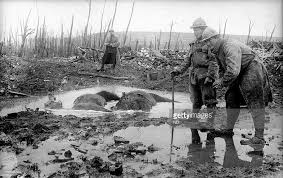


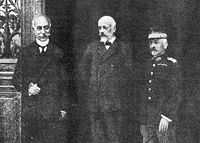





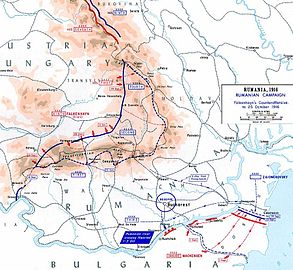













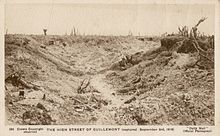








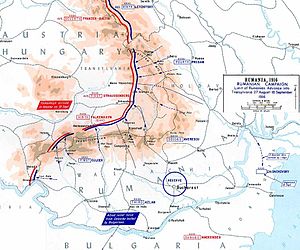











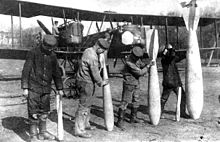













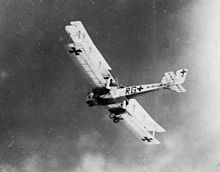

![WWOne24[1]](https://qqduckus.files.wordpress.com/2015/06/wwone241.jpg?w=640&h=495)












